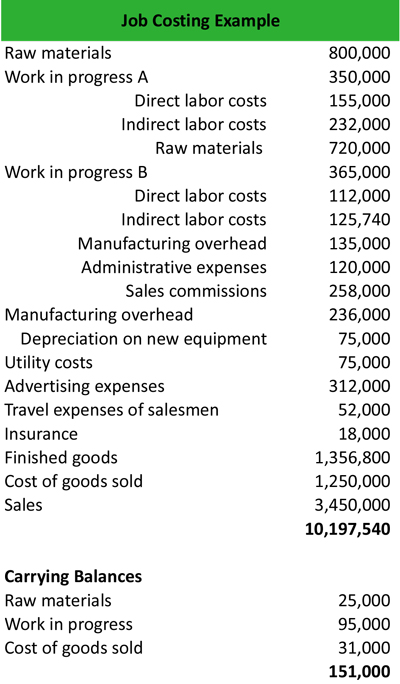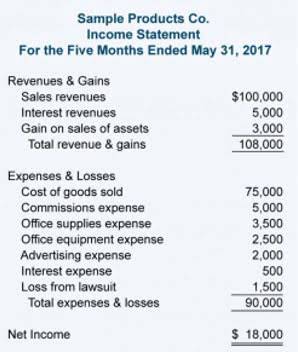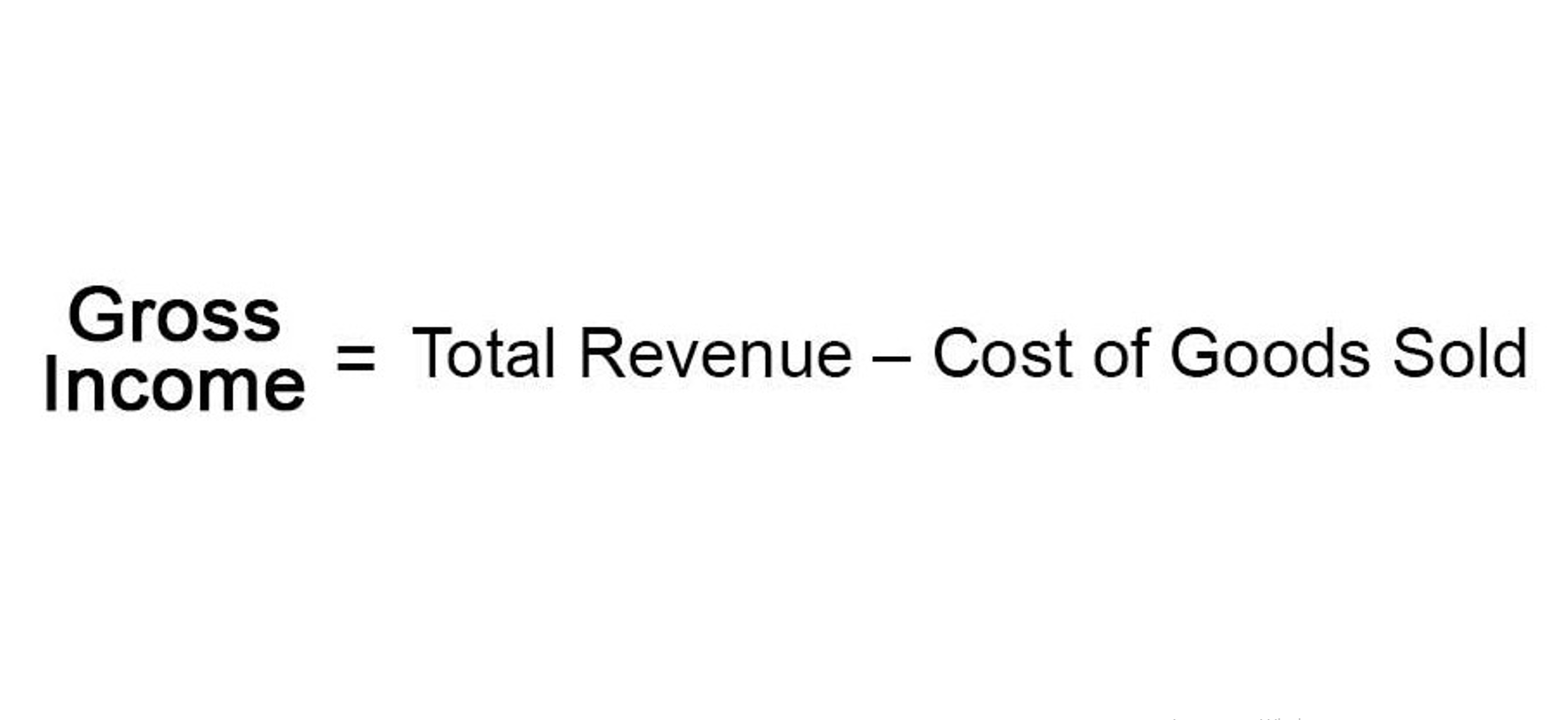Let’s say we have a company that produces 100,000 units of a product, sells them at $12 per unit, and has a variable costs of $8 per unit. If the annual volume of Product A is 200,000 units, Product A sales revenue is $1,600,000. Furthermore, this ratio is also useful in determining the pricing of your products and the impact on profits due to change in sales.
Looking at contribution margin in total allows managers to evaluate whether a particular product is profitable and how the sales revenue from that product contributes to the overall profitability of the company. In fact, we can create a specialized income statement called a contribution margin income statement to determine how changes in sales volume impact the bottom line. For the month of April, sales from the Blue Jay Model contributed \(\$36,000\) toward fixed costs. The contribution margin ratio is just one of many important financial metrics used for making better informed business decisions. The ratio can help businesses choose a pricing strategy that makes sure sales cover variable costs, with enough left over to contribute to both fixed expenses and profits. It can also be an invaluable tool for deciding which products may have the highest profitability, particularly when those products use equivalent resources.
Reducing cost can be the most difficult option as it will most likely mean labor reduction or negotiating to spend less with your suppliers. It sounds like some technical jargon that your accountant may throw at you, but it’s actually quite simple to measure and understand. The $7 billion «buy now, pay later» startup Klarna recently faced a public board spat.
- In other words, your contribution margin increases with the sale of each of your products.
- To calculate contribution margin (CM) by product, calculate it for each product on a per-unit basis.
- We would consider the relevant range to be between one and eight passengers, and the fixed cost in this range would be $200.
- For the month of April, sales from the Blue Jay Model contributed \(\$36,000\) toward fixed costs.
- This means that $15 is the remaining profit that you can use to cover the fixed cost of manufacturing umbrellas.
Fixed costs include periodic fixed expenses for facilities rent, equipment leases, insurance, utilities, general & administrative (G&A) expenses, research & development (R&D), and depreciation of equipment. In the Dobson Books Company example, the total variable costs of selling $200,000 worth of books were $80,000. Remember, the per-unit variable cost of producing a single unit of your product in a particular production schedule remains constant. In the next part, we must calculate the variable cost per unit, which we’ll determine by dividing the total number of products sold by the total variable costs incurred. The contribution margin ratio, often abbreviated as “CM ratio”, expresses the residual profits generated from each unit of product sold, once all variable costs are subtracted from product revenue. When calculating the contribution margin, you only count the variable costs it takes to make a product.
For example, in retail, many functions that were previously performed by people are now performed by machines or software, such as the self-checkout counters in stores such as Walmart, Costco, and Lowe’s. Since machine and software costs are often depreciated or amortized, these costs tend to be the same or fixed, no matter the level of quickbooks online accountant users get free upgrade to qbo advanced activity within a given relevant range. For variable costs, the company pays $4 to manufacture each unit and $2 labor per unit. Contribution Margin is an important element of understanding the profitability of the products in your business. Yes, it’s a formula as most accounting based measures are — but it can be kept quite simple.
Gross profit margin includes all the costs you incur to make a sale, including both the variable costs and the fixed costs, like the cost of machinery or equipment. Calculating contribution margin (the difference between sales revenue and variable costs) is an effective financial analysis tool for making strategic business decisions. However, the growing trend in many segments of the economy is to convert labor-intensive enterprises (primarily variable costs) to operations heavily dependent on equipment or technology (primarily fixed costs).
How to calculate contribution margin
Should the product be viewed as more of a “loss leader” or a “marketing” expense? The companies that operate near peak operating efficiency are far more likely to obtain an economic moat, contributing toward the long-term generation of sustainable profits. Along with the company management, vigilant investors may keep a close eye on the contribution margin of a high-performing product relative to other products in order to assess the company’s dependence on its star performer. Aside from the uses listed above, the contribution margin’s importance also lies in the fact that it is one of the building blocks of break-even analysis. With that all being said, it is quite obvious why it is worth learning the contribution margin formula. The following are the disadvantages of the contribution margin analysis.
However, you need to fill in the forecasted units of goods to be sold in a specific future period. In the Dobson Books Company example, the contribution margin for selling $200,000 worth of books was $120,000. Now, let’s try to understand the contribution margin per unit with the help of an example.
Contribution Margin: Definition, Calculation & Examples
The analysis of the contribution margin facilitates a more in-depth, granular understanding of a company’s unit economics (and cost structure). In particular, the use-case of the CM metric tends to be most practical for companies to set prices on their products and services appropriately to maximize their revenue growth and profitability. Very low or negative contribution margin values indicate economically nonviable products whose manufacturing and sales eat up a large portion of the revenues.
Sample Calculation of Contribution Margin
If you were to manufacture 100 new cups, your total variable cost would be $200. However, you have to remember that you need the $20,000 machine to make all those cups as well. Crucial to understanding contribution margin are fixed costs and variable costs. You may need to use the contribution margin formula for your company’s net income statements, net sales or net profit sheets, gross margin, cash flow, and other financial statements or financial ratios. A contribution margin represents the money made by selling a product or unit after subtracting the variable costs to run your business.
In other words, contribution margin per unit is the amount of money that each unit of your product generates to pay for the fixed cost. Accordingly, the contribution margin per unit formula is calculated by deducting the per unit variable cost of your product from its per unit selling price. A mobile phone manufacturer has sold 50,000 units of its latest product offering in the first half of the fiscal year.
Examples of Contribution Margin
The higher the number, the better a company is at covering its overhead costs with money on hand. You can use a spreadsheet, such as Google Sheets or Microsoft Excel, to include columns by product, enabling you to compare the contribution margin for each of your business products. Therefore, we will try to understand what is contribution margin, the contribution margin ratio, and how to find contribution margin. Sign up for a free trial of Deputy and see how you can easily work out your labor costs, decide whether these costs are fixed or variable, and easily schedule your staff.
Contribution Margin: What It Is, How to Calculate It, and Why You Need It
Remember, that the contribution margin remains unchanged on a per-unit basis. Whereas, your net profit may change with the change in the level of output. Thus, you need to make sure that the contribution margin covers your fixed cost and the target income you want to achieve. Suppose you’re tasked with calculating the contribution margin ratio of a company’s product.
The gross sales revenue refers to the total amount your business realizes from the sale of goods or services. That is it does not include any deductions like sales return and allowances. A contribution margin analysis can be done for an entire company, single departments, a product line, or even a single unit by following a simple formula.
You can find the contribution margin per unit using the equation shown below. The contribution margin ratio is also known as the profit volume ratio. This is because it indicates the rate of profitability of your business. Thus, the total variable cost of producing 1 packet of whole wheat bread is as follows. A university van will hold eight passengers, at a cost of \(\$200\) per van. If they send one to eight participants, the fixed cost for the van would be \(\$200\).
However, the closer the contribution margin is to 100%, the more funds are available to cover the fixed costs of the business and deliver a higher profit. Fixed costs usually stay the same no matter how many units you create or sell. The fixed costs for a contribution margin equation become a smaller percentage of each unit’s cost as you make or sell more of those units. When a company is deciding on the price of selling a product, contribution margin is frequently used as a reference for analysis. Fixed costs are usually large – therefore, the contribution margin must be high to cover the costs of operating a business. Assuming factors like demand and competition are equal, the company should make the product with the highest return relative to variable costs in order to maximize profits.
Fixed costs are used in the break even analysis to determine the price and the level of production. Contribution Margin refers to the amount of money remaining to cover the fixed cost of your business. That is, it refers to the additional money that your business generates https://www.wave-accounting.net/ after deducting the variable costs of manufacturing your products. It is important for you to understand the concept of contribution margin. This is because the contribution margin ratio indicates the extent to which your business can cover its fixed costs.



















